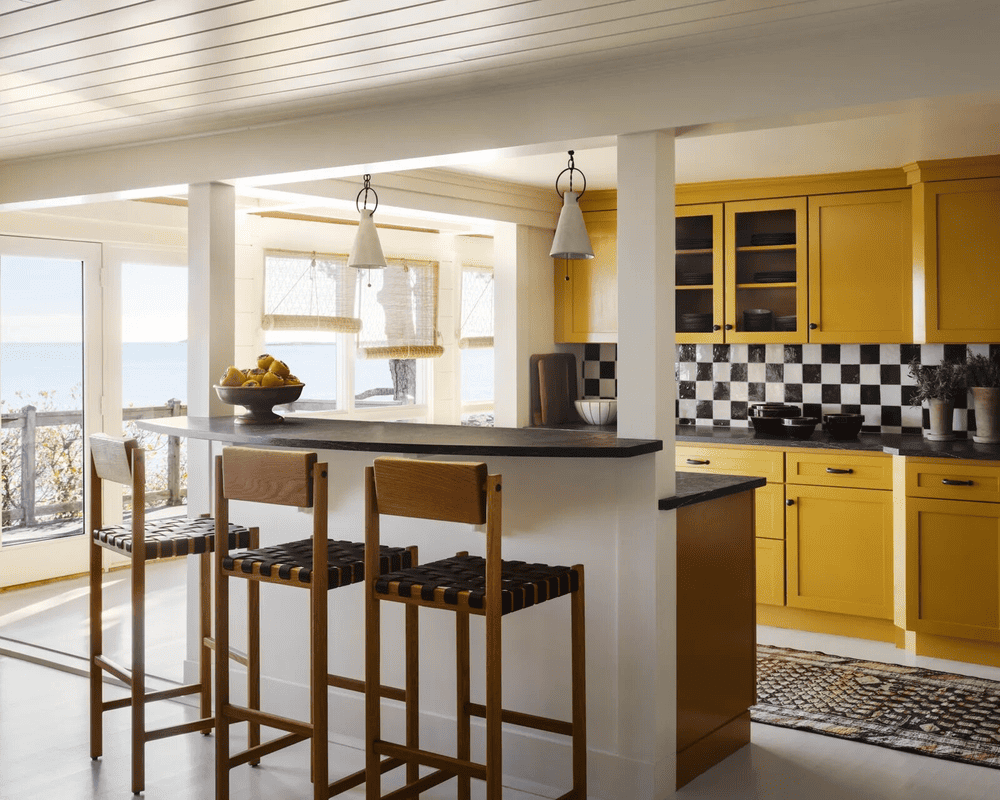Color psychology is a fascinating field that delves into the emotional and psychological effects that colors have on our minds and behaviors. For centuries, people have been using color to evoke specific feelings, moods, and emotions in their homes, workplaces, and public spaces. In modern times, color psychology has become an essential consideration in home design, with homeowners and interior designers alike leveraging the power of color to create harmonious and inviting living spaces.
Incorporating different colors in your home can help you create a space that aligns with your personality and preferences. Whether you want a serene and calming retreat or a vibrant and stimulating environment, choosing the right colors can make all the difference. Understanding how different colors affect us and learning to use them in home design can help you achieve your desired emotional and psychological states.
In the following sections, we’ll explore how different colors can influence our moods and emotions and provide examples of how to incorporate them into home design. With this knowledge, you’ll be able to create a home that not only looks great but also feels great.
Relaxation and Calmness One of the most common reasons people turn to home design is to create a space that promotes relaxation and calmness. This is where blue comes in. Blue is known for its calming properties and can be an excellent choice for bedrooms or bathrooms. Soft, muted shades of blue can help create a sense of tranquility, making it the perfect color for spaces where you want to unwind.

Happiness and Cheerfulness Yellow is a bright, cheerful color that is often associated with happiness, optimism, and creativity. Incorporating pops of yellow in a room can make it feel more lively and energetic. It is a great color for playrooms, kitchens, or home offices, where you want to feel inspired and motivated.

Energy and Excitement Red is a bold and powerful color that is often associated with energy, excitement, and passion. It is a great color for spaces where you want to create a sense of warmth and intimacy, such as a dining room or a living room. However, be mindful of using too much red, as it can be overwhelming.

Harmony and Balance Green is a color that is associated with growth, renewal, and harmony. It is an excellent choice for living rooms, kitchens, or any area where you want to feel connected to nature. Lighter shades of green can create a fresh and invigorating feel, while deeper shades can give a space a more luxurious and sophisticated feel.

Creativity and Luxury Purple is a color that is often linked with creativity and luxury, making it a versatile choice for a range of room designs. Beyond bedrooms, you can also consider using purple in living rooms, dining areas, and even bathrooms to create a unique and inviting ambiance. When incorporating purple into your decor, use it as an accent color to promote creativity and inspiration without overpowering the room. To balance the boldness of purple, pair it with neutral tones like white or gray for a sophisticated and well-rounded look.

Incorporating these colors into your home design can do wonders for your mental and emotional well-being. However, keep in mind that the effect of colors can vary from person to person, so it’s essential to choose colors that resonate with you personally. When designing your home, consider using neutral colors as a base and adding pops of color through accessories or accent walls.

Color psychology is a crucial aspect of home design that can greatly impact our wellness. Incorporating different colors into our spaces can help create the mood and emotions we want to feel, enhancing our quality of life. By understanding the effects of different colors and using them intentionally in our design, we can create a space that promotes our overall well-being.

